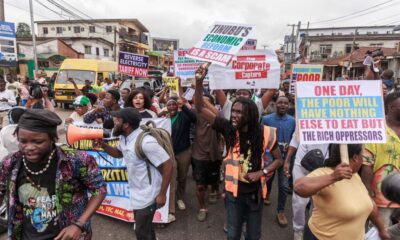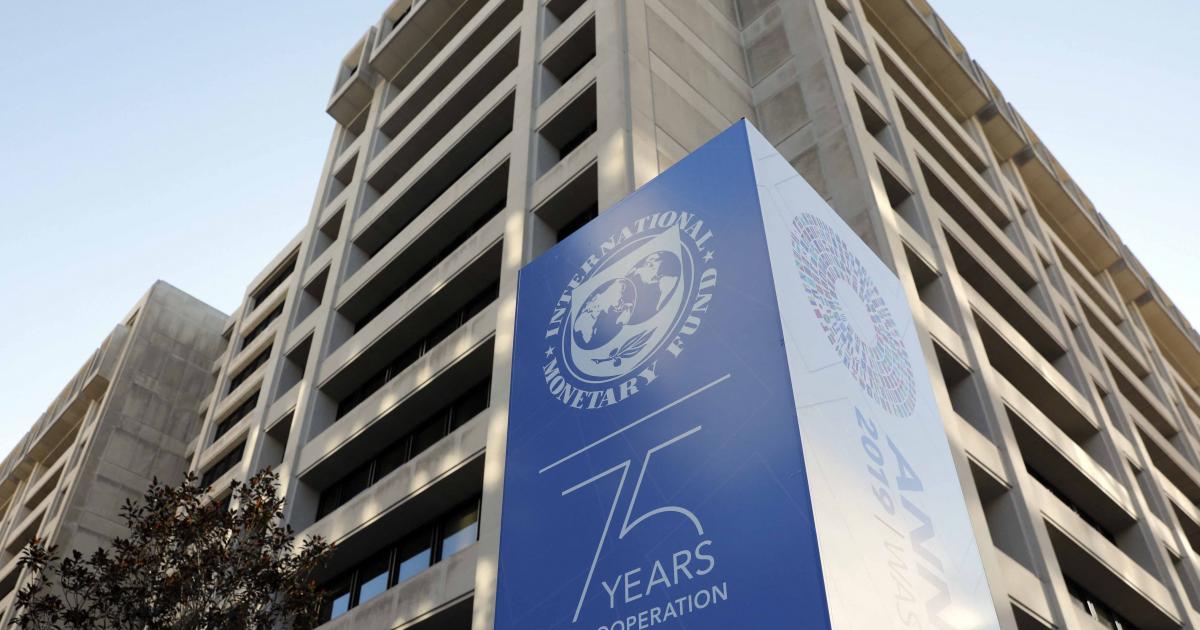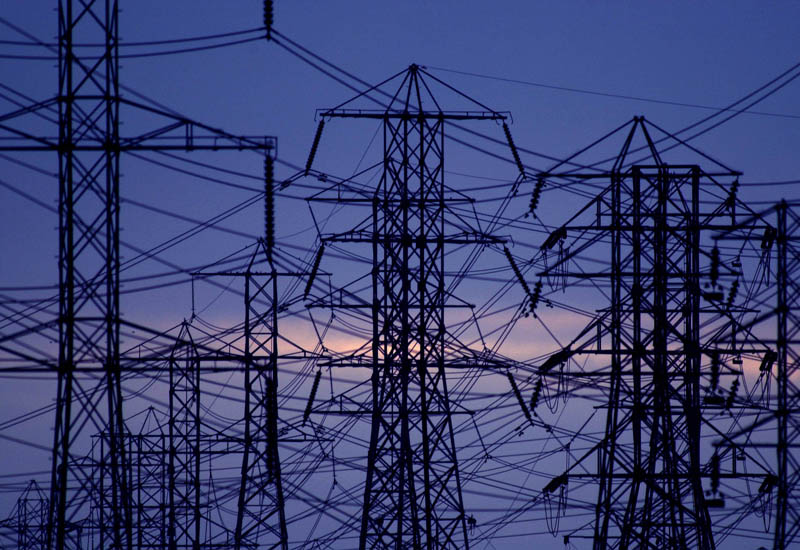- Nigeria’s Crude Export to US May Hit Zero
The imports of Nigerian crude oil and other West African grades to the United States look set to plunge to nearly zero amid growing shale oil production in the North American country, our correspondent has learnt.
The US Atlantic Coast imports of West African crude oil are expected to decline due to harsh arbitrage conditions made difficult by the large premium of ICE Brent futures over West Texas Intermediate, as well as strong premiums for WAF grades.
According to S&P Global Platts, Traders tracking these grades exported in the US expect WAF imports to the USAC to fall to virtually zero.
The USAC from May to August imported an average of roughly 24 million barrels a month, of which 8.7 million barrels were from West Africa, data from the Energy Information Administration compiled by S&P Global Platts showed.
“The arbitrage of WAF grades into the US is fully closed,” a trader was quoted as saying.
Although negligible in outright terms, WAF arrivals in the region in the four months sampled compared to all foreign imports reached as high as 45.4 per cent in June and as low as 19.8 per cent in July.
Nigerian grades tend to make up 40 per cent of WAF imports and Angolan 20 per cent, the rest coming from smaller more regional grades, according to the report.
Traders were said to lose money in buying basis Dated Brent and selling basis WTI, implying the arbitrage only becomes possible when local buyers are able to cover the cost of conversion by bidding above, something which prompts them to look at alternatives when the spread is high.
The Brent/WTI spread closed at minus $10 per barrel Monday last week, its highest level since mid-June, data from the InterContinental Exchange showed.
At a time when everything is becoming more expensive, the US refiners are scheduled to enter seasonal maintenance throughout October, taking away the demand for foreign crudes.
The US purchased a total of 45.79 million barrels of Nigerian crude in the first half of this year, down from 55.78 million barrels in the same period last year, according to latest data obtained by our correspondent on Wednesday.
Data from the US Energy Information Administration showed that the US bought 2.89 million barrels of Nigerian crude in May, the lowest since February 2016.
The imports of Nigerian crude by the US rose by 48 per cent to 112.92 million barrels last year, the highest annual level in five years, up from 75.81 million barrels in 2016 and 19.86 million barrels in 2015.
The US import of Nigerian crude fell from 148.48 million barrels in 2012 to 87.40 million barrels in 2013 on the back of shale oil boom, the data showed.
In 2014, when global oil prices started to fall from a peak of $115 per barrel, Nigeria saw a further drop in the US imports of its crude to 21.2 million barrels.
For the first time in decades, the US did not purchase any barrel of Nigerian crude in July and August 2014 and June 2015, according to the EIA data.
In 2010, the US bought as much as 358.9 million barrels from Nigeria, but slashed its imports to 280.1 million barrels in 2011.

 Naira4 weeks ago
Naira4 weeks ago
 News3 weeks ago
News3 weeks ago
 Education4 weeks ago
Education4 weeks ago
 Social Media4 weeks ago
Social Media4 weeks ago
 Economy4 weeks ago
Economy4 weeks ago
 Investment4 weeks ago
Investment4 weeks ago
 Dividends4 weeks ago
Dividends4 weeks ago
 Business3 weeks ago
Business3 weeks ago





























